Want to know where your child stands academically? Try our free CogAT Level 5/6 diagnostic test below. This test can be taken online, and it covers all question types found on the CogAT Form 7, as well as tips and thorough explanations.
Looking for a different CogAT Level?
- CogAT 1st Grade — Level 7
- CogAT 2nd Grade — Level 8
- CogAT 3rd Grade — Level 9
- CogAT 4th Grade — Level 10
- CogAT 5th Grade — Level 11
- CogAT 6th Grade — Level 12
CogAT 1st Grade Nonverbal Section
CogAT 1st Grade Sample Question - Figure Matrices
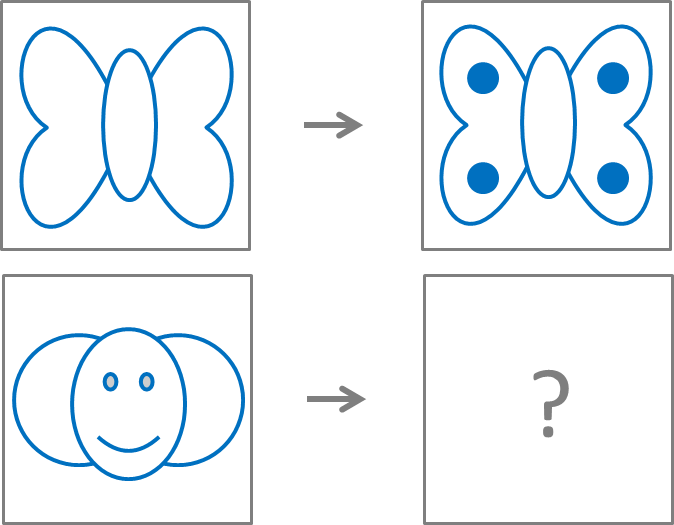
Choose the picture that belongs with the bottom picture in the same way the pictures on top belong together.
CogAT 1st Grade Sample Question - Paper Folding
The paper is being folded and cut. Choose the answer choice that depicts the paper after it is unfolded.

More than Practice Tests
Practice Tests, Video Tutorials, Study Guides, Additional Drills, Expert Explanations
Realistic Simulations
PrepPacks tailored to accurate test scenarios.
Interactive Tests
Practice materials, designed to help students perform their best on their tests!
Premium Quality
Expert-crafted practice tests with accurate questions and explanations
CogAT 1st Grade Sample Question - Figure Classification
Choose the figure from the answer choices that goes with the first three figures.

CogAT 1st Grade Quantitative Section
CogAT 1st Grade Sample Question - Picture Number Analogies
Choose the image that completes the next image so that it demonstrates the same relationship as the previous ones.
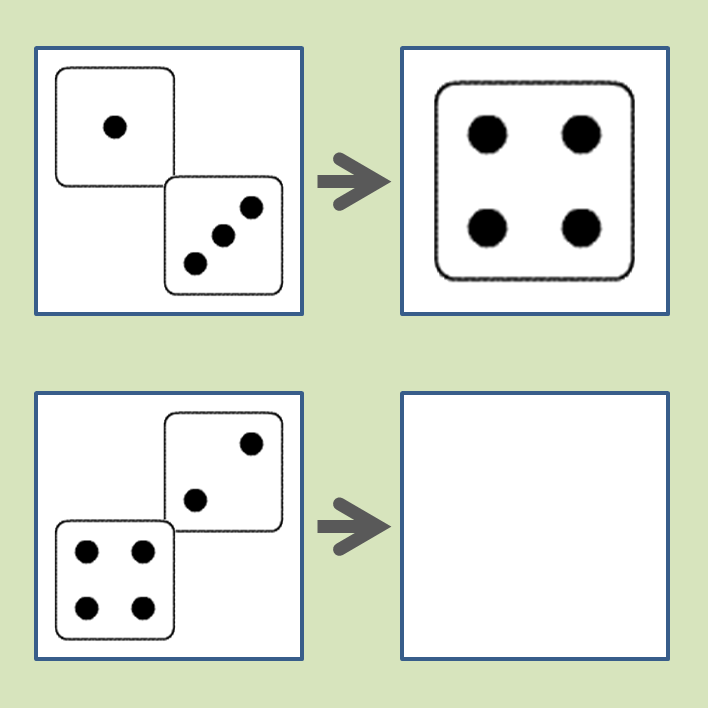
CogAT 1st Grade Sample Question - Number Series
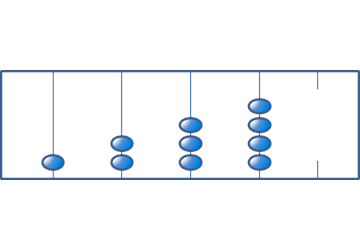
Choose the right image to follow.
CogAT 1st Grade Sample Question - Number Puzzles
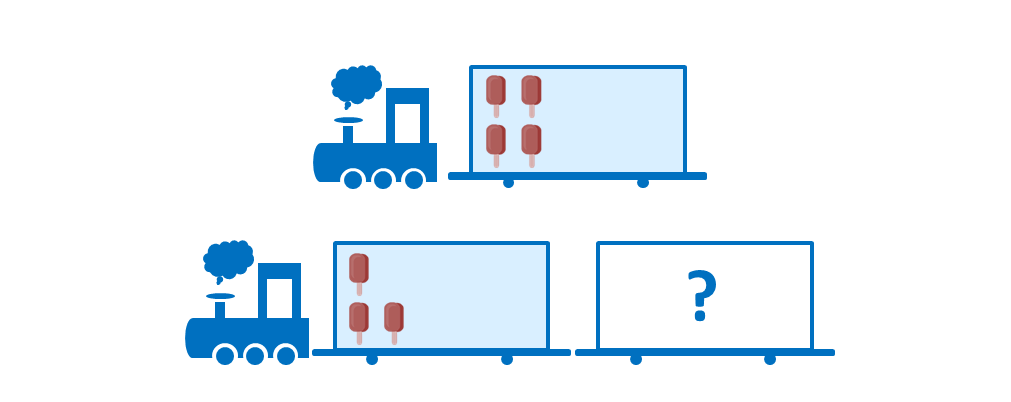
CogAT 1st Grade Verbal Section
CogAT 1st Grade Sample Question - Picture Number Analogies
Choose the image that completes the next image so that it demonstrates the same relationship as the previous ones.
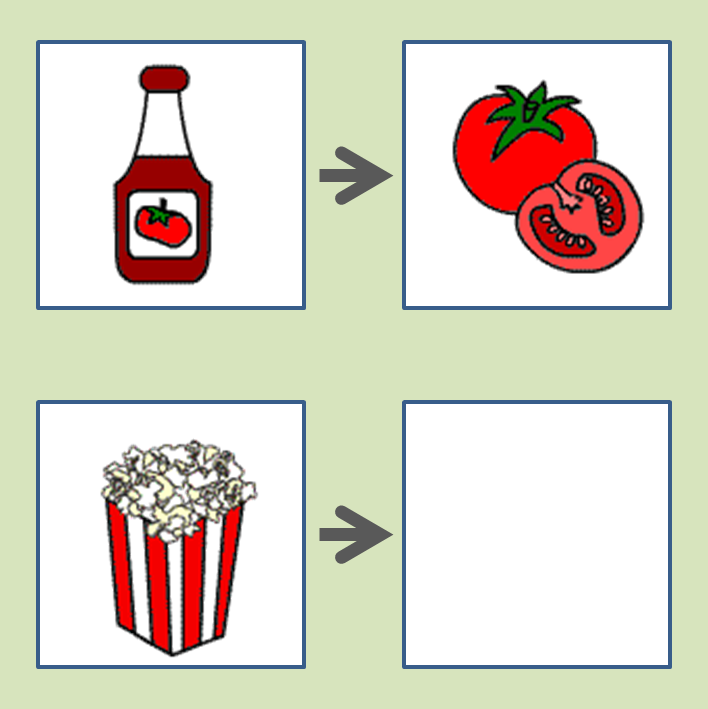
CogAT 1st Grade Sample Question - Verbal Classification

CogAT Summary
The CogAT test is divided into three batteries known as: Verbal Battery, Nonverbal Battery, and Quantitative Battery. The CogAT measures cognitive abilities and each of its batteries has in it three different sub-tests.
The CogAT is a test where the questions require a special reasoning. The best thing you can do to succeed in the test is be prepared and know what type of questions to expect. This is why our practice pack contains questions covering all the batteries and, in particular, all the sub-tests.
Each sub-test can be challenging for someone who has not seen the test before. Additionally, without enough practice, you cannot develop the skills that will allow you to answer the questions in the same time constraint. Whenever you or your child approach a test, there are two elements to consider. The first is how well you can answer the questions. The second is whether you can solve everything in time.
In order to obtain the first skill, it is enough to practice many questions. If you need to develop the second skill, you need to understand the tricks that will save you time the day of the test. For example, some questions can be answered faster if you rule out the possible answer choices (method of elimination). However, in order to rule out answer choices, it is best if you understand precisely what you are looking (and in order to do so, you need to practice).
Our practice packs and questions contain detailed explanations especially written for either students that could not succeed answering the question, or simply want to learn a strategy that is easy, intuitive, and explained succinctly. You can retake all of our tests as many times as you want. This way, you can track your child's progress throughout the learning period and compare. After your child has read through some of our explanations, you will notice that they become more familiar with the questions and in time, will not even need explanations or other strategies.
The first question belongs to the verbal battery. For the earlier grades, the instructions come in the form of audio or mostly images because children are still developing the ability to read. The second question is a classic example of the quantitative battery. Finally, the third question is known as paper folding and belongs to the non-verbal battery.



